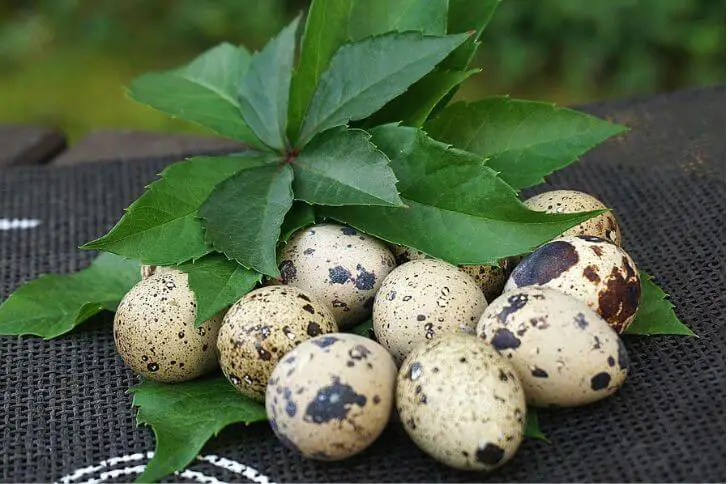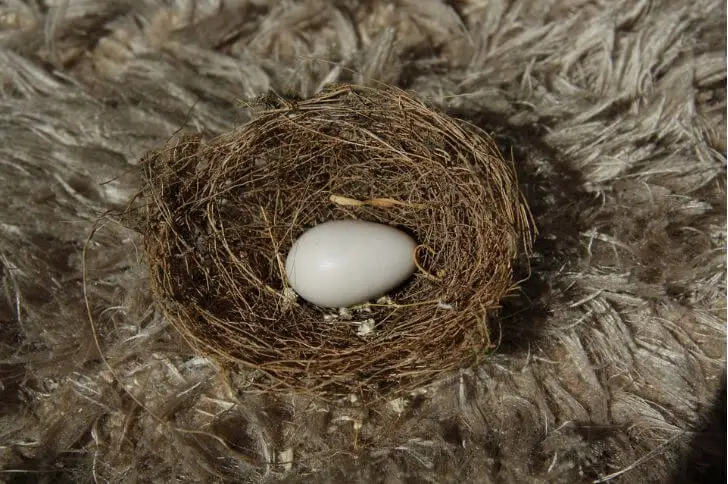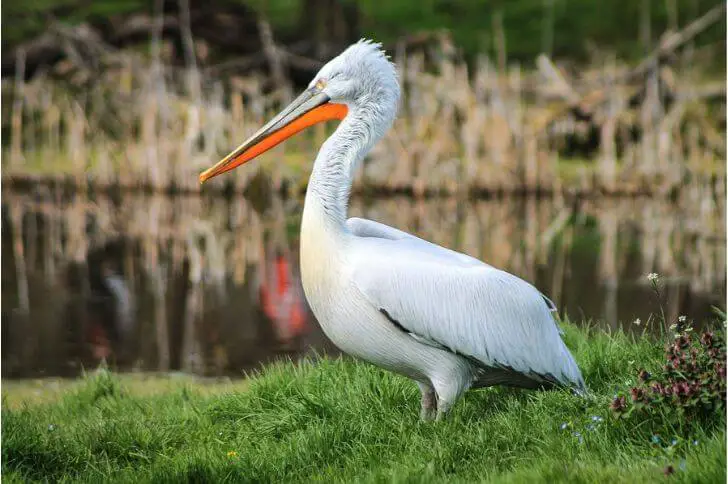How do you identify a red-bellied woodpecker?
There are many ways to identify a red-bellied woodpecker. One of the most obvious ways is by its unique coloration. The red-bellied woodpecker has a black and white heavily barred back, bright red cap that extends to its nape, and a white belly with a reddish tinge.
Females are similar but lack a red crown. Both sexes sport round heads and short feet. Another way to identify this bird is by its call, distinctive “churr or kwirr” sounds. Finally, this bird is often seen wedging nuts in barks, so if you see one doing this, it’s likely a red-bellied woodpecker.
What months do they lay eggs?
In North America, the red-bellied woodpecker typically lays its eggs between April and June. The bird generally nests in tree cavities, which it excavates itself. Most nests are about 8-11 inches deep. Like other birds in their family, they lay 3-6 smooth white eggs. Both parents incubate eggs.
What does a red-bellied woodpecker baby look like?
After two weeks of incubation, the 1-inch eggs hatch revealing tiny, naked and blind woodpecker babies. By the end of the first week of their life you’ll notice down feathers that’ll help keep the young warm.
What do red-bellied woodpecker juveniles look like?
As the young ones mature, you’ll notice them grow soft feathers. A red-bellied fledgling has the same colored back as an adult; black and white barred. The neck, head and underbelly are gray. Note the dark bill and long tail that helps them balance while climbing up the tree.
Related Read: Learn about pileated woodpecker chicks
How big are chicks?
Red-bellied woodpecker chicks are anywhere from 3 to 5 inches long. They have a wingspan of around 8 to 10 inches. The average weight for a red-bellied woodpecker chick is about 1 ounce.
How old are the red-bellied woodpecker fledglings?
A juvenile red-bellied woodpecker is typically between 3 and 5 weeks old.
How can you tell if a juvenile is male or female?
When looking at juvenile red-bellied woodpeckers, it may be hard to tell apart the sexes. However, there are a few ways you can tell if a juvenile is male or female. One way is to look at the amount of red on the head. As they turn to adults, male woodpeckers will have more red on their heads than females.
Another way to tell the difference is by looking at the size of the bird. Female woodpeckers are usually slightly smaller than males. You can also listen to the bird’s call. Male woodpeckers have a higher-pitched call than females. By using these methods, you should be able to determine the sex of a juvenile red-bellied woodpecker.
What do baby red-bellied woodpeckers eat?
A diet of insects, spiders, and other small invertebrates forms the basis of the juvenile red-bellied woodpecker’s diet. Occasionally, the bird will also eat fruit or nuts. How do they get their food?
During the first days you’ll notice parents feed their young every 30-60 minutes.
Parents forage for insects, eat them, then come into the nest and regurgitate them. Yup, not a pretty sight. But young red-bellied woodpeckers need lots of protein in the first month of their life.
How long does it take a young woodpecker to fly?
Fledgling red-bellied woodpeckers generally leave the nest after about 4 weeks. However, they are not yet able to fly for long periods of time. Instead, they spend the next 2 weeks or so learning how to fly and honing their skills. Once they are able to fly well, they will begin to venture out on their own and explore their surroundings.
When do red-bellied woodpecker juvenile molt?
Juveniles molt into their adult plumage at around 6-7 months of age. Molting usually begins with the head and face, then progresses down the body. The entire shedding process takes at least 2 months.
After molting, the juvenile’s plumage will closely resemble that of the adult. However, there are some subtle differences. For example, the juvenile’s wing feathers may be shorter and less sharply pointed than those of the adult.
How long does it take before a baby leaves the nest?
It takes about four to five weeks for a red-bellied woodpecker baby to leave the nest. The parents will continue to feed their young until they are able to fend for themselves.
During the first few weeks, the baby woodpeckers will spend most of their time in the nest. They will start to venture out and explore their surroundings at around four weeks old. By six or seven weeks old, they will be able to fly and will leave the nest for good.
The parents will teach their young how to find food and how to survive in the wild. Once they leave the nest, they are on their own but should be able to find food and shelter easily with the help of their parents.
What do you feed a fledgling?
One of the best things you can feed a red-bellied woodpecker fledgling is insects. These birds are mainly insectivores, so they will benefit from a diet that consists mostly of insects. You can give them live insects or you can purchase special insectivore food from a pet store.
Another good food for red-bellied woodpecker fledglings is fruits and berries. They love to eat fruits and berries, so giving them these foods will help them get the nutrients they need. You can give them fresh or frozen fruits and berries, or you can purchase special fruit mixes from a pet store.
Where do red-bellied woodpeckers sleep at night?
These interesting creatures are known for their unique sleeping habits. They do not typically build nests like other birds, but instead, they roost in tree cavities or on horizontal branches.
While it may seem like these birds would be vulnerable to predators while sleeping, they are actually quite good at camouflage and hiding. Their reddish belly feathers help to blend in with the bark of trees, making them difficult to spot.
So, next time you see a red-bellied woodpecker during the day, take a moment to appreciate this amazing bird.
Do breeding pairs return to the same nest?
While most birds return to the same nest year after year, red-bellied woodpeckers seem to move around more frequently. Researchers have not been able to determine exactly why this is, but there are some theories.
One theory is that the red-bellied woodpecker is a more social creature than other birds. They are often seen in groups, and they seem to enjoy being around others of their kind. This may mean that they are less attached to their nests than other birds, and so they are more likely to move to a new nesting site.
Another theory is that the red-bellied woodpecker is simply a more nomadic bird. They may not stay in one place for very long because they are always searching for food.However its worth noting, some pairs will return to the same spot each year.
Also read: Other white bellied birds
What do you do if you find a baby red-bellied woodpeckers
If you find a juvenile, the best thing to do is to leave it alone. Like other wild birds, they should not be handled by humans. If you must handle the bird, use gloves and avoid touching its head.
Do woodpeckers live alone?
Despite their popular image as lonesome birds, woodpeckers actually live in close-knit communities. These communities can be found in wooded areas all across North America. They form close bonds with other members of their community. These woodpecker species is monogamous.
Woodpeckers are also known for their territorial behavior. They are known to fiercely defend their territory. This is another reason why they live in close-knit communities; it allows them to better defend their territory from outsiders.
Sources:
https://ebird.org/species/rebwoo
https://en.wikipedia.org/wiki/Red-bellied_woodpecker
Hi, my name is Steve. My friend and I started the spanishbirdguides.com to share our passion with other like-minded people. So, if bird watching is your thing, you’ll love this blog. I’ll share what I’ve learnt about both local birds and those found in other parts of the world. Also, I’d love to hear your experiences.



